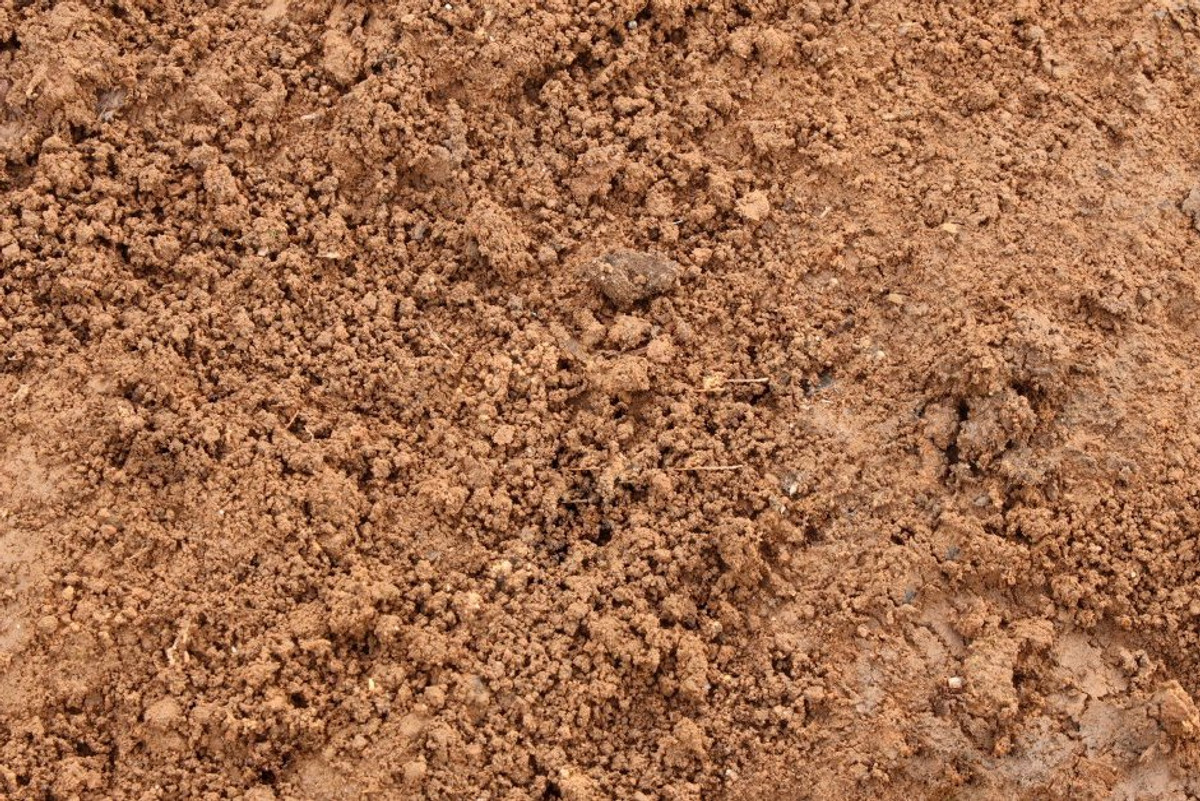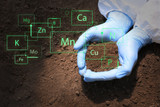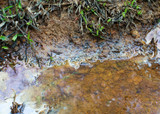Key Differences Between Disturbed and Undisturbed Soil
Disturbed soil refers to ground that has been altered by weather events, construction, digging, or the use of sampling tools. Undisturbed soil, on the other hand, remains in its natural state: untouched, intact, and structurally consistent.
Whether you’re planning for a new planting season, assessing a construction site, or sampling for contamination, recognizing the key differences between disturbed and undisturbed soil helps you make better decisions, avoid costly mistakes, and work more efficiently in the field. Below are seven essential differences to keep in mind.
Soil Structure
Disturbed soil has been physically altered, either by natural forces like erosion or by human activities such as excavation or grading. Once this structure is disrupted, the soil may become compacted, clumpy, or uneven in texture. Not only does the disturbance reduce the soil’s ability to support plant life or infrastructure, but it can also mask the soil’s original characteristics, making field assessments more challenging.
In undisturbed soil, the natural arrangement of organic layers, soil particles, and voids remains intact. This structure develops gradually over time and plays a crucial role in regulating water movement, promoting root growth, and enhancing soil strength.
Soil Horizon Visibility
Disrupted soil often shows blurred or missing horizons. The natural stratification may be mixed or compacted during construction, tilling, or sampling, making it harder to assess what’s really happening below the surface. Without visible horizons, assumptions about soil suitability or performance can be inaccurate.
Soil horizons—natural layers formed by years of organic accumulation and mineral movement—are usually easy to see in undisturbed soil. These layers (commonly labeled A, B, and C) offer important insights about soil history, composition, and health. Their presence helps field professionals identify nutrient distribution, drainage patterns, and potential limitations in the root zone.
Moisture Distribution
In disturbed soil, moisture retention is often inconsistent. When the soil’s natural structure is broken, large clumps or compacted sections can form. These irregularities disrupt the flow of water, leading to dry spots, puddling, or runoff. This difference becomes particularly noticeable after rainfall or irrigation, when water fails to distribute evenly across a disturbed area.
Moisture behaves differently in undisturbed soil. Water is absorbed and retained in a predictable pattern due to consistent structure and porosity. The pores between soil particles allow for even water movement and storage, which benefits plant roots and microbial activity.
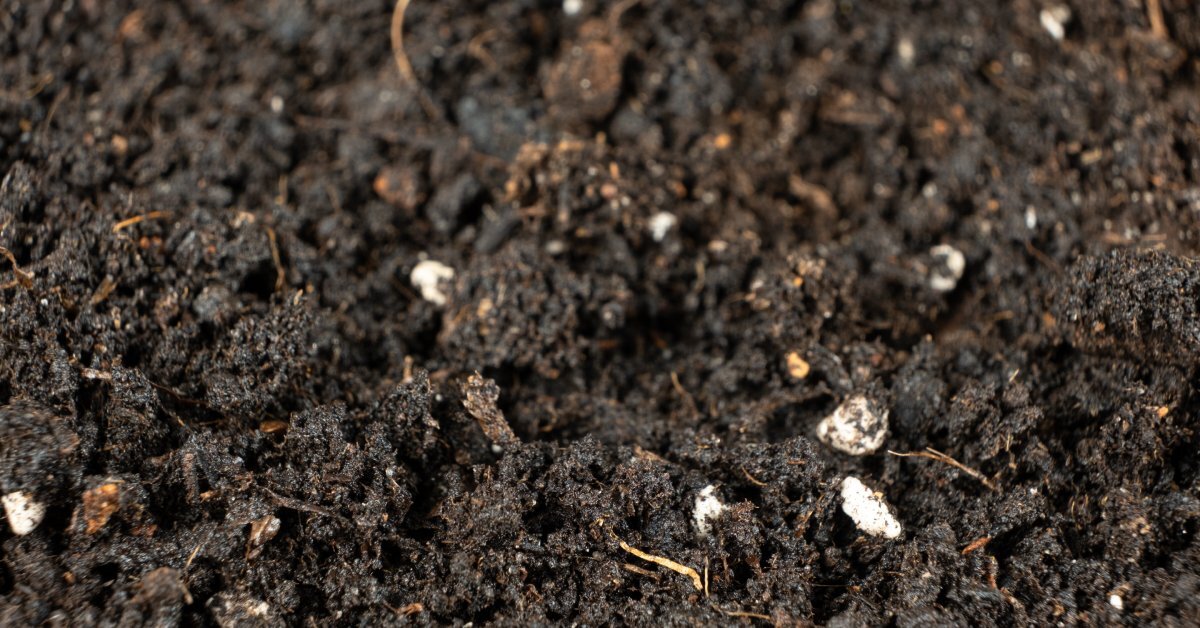
Density and Compaction
Disturbed soil can vary widely in compaction. Depending on how it was handled, the soil might be overly loose and fluffy or tightly compressed. Excess compaction can lead to poor root development and increased runoff, while loose, aerated zones may be unstable or unsuitable for construction. Recognizing these shifts in density is critical when preparing land for planting, building, or sampling.
Undisturbed soil has a natural bulk density that reflects how particles have settled over time. This stable compaction supports plant roots, provides good aeration, and allows water to flow steadily without causing erosion.
Water Infiltration Rate
Disturbed soil disrupts water movement. Clumped or compacted areas often slow infiltration, causing water to pool on the surface or run off quickly. In some cases, water may bypass certain zones entirely, leaving dry pockets beneath the surface. For those managing drainage or irrigation, this difference can directly impact how effectively moisture reaches the areas where it’s needed most.
The rate at which water infiltrates soil is closely tied to structure and compaction. In undisturbed soil, infiltration is typically steady and even. Water moves through the natural pores and channels formed over time, reaching root zones without oversaturating the surface.
Surface Crusting or Erosion
The surface of disturbed soil is more vulnerable to external forces. Without stable organic layers and vegetation to protect it, the soil is prone to crusting, a hardened, compacted layer that forms when the soil dries. Crusting reduces water absorption, making it harder for seedlings to emerge and potentially slowing growth or weakening plant health over time.
Erosion is also more likely in disturbed soils, particularly on slopes or in exposed areas. Wind, rain, or foot traffic can easily dislodge the top layer of soil, carrying away nutrients and organic matter. In contrast, undisturbed soil is more likely to be covered by vegetation or naturally stabilized by its structure, reducing the risk of surface damage.
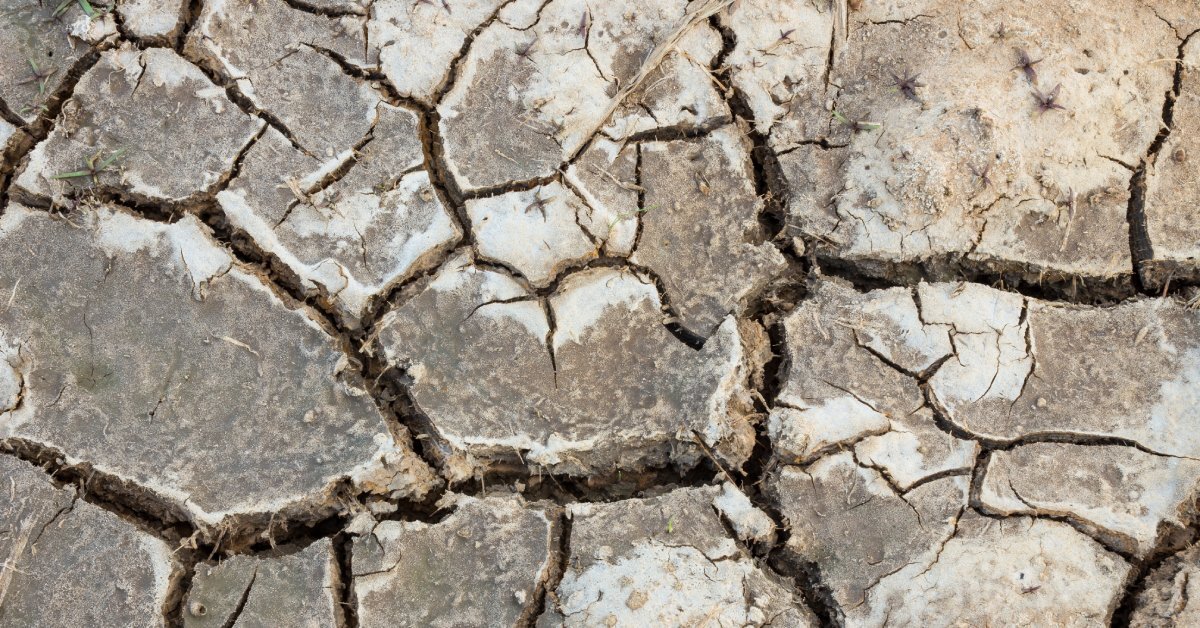
Organic Matter Distribution
In disturbed soil, the organic layer is often mixed with lower horizons or removed entirely during excavation or grading. As a result, nutrients may be less available near the surface, and the soil can lose its ability to retain water and support biological life. For professionals working in agriculture or land restoration, spotting this difference is a key part of understanding how productive or depleted a site may be.
Undisturbed soil typically contains a well-defined layer of organic matter at the surface, often rich in nutrients, microbes, and decaying plant material. This organic layer preserves moisture retention and biological processes for better plant health. Over time, the natural decomposition process keeps nutrients cycling efficiently and supports overall soil fertility.
Tool Response and Penetration
Disturbed soil allows for easier penetration. The loosened, mixed nature of the soil means that tools such as bucket augers can move through it with less resistance. However, this ease of access may also come with drawbacks, like inconsistent or misleading sample results. Recognizing how the soil responds to your equipment can provide immediate, practical insights into the site’s condition.
Undisturbed soil tends to offer more resistance due to its compact, cohesive structure. The soil is typically denser and may contain roots or natural layering that makes tool insertion more challenging but also more accurate for sampling true in-place conditions. Tools such as soil core samplers and split soil core samplers are commonly used for undisturbed soil because they preserve the soil profile and maintain its original structure for reliable analysis.
Smell and Biological Signals
Disturbed soil may smell dry, stale, or even metallic. These changes happen when microbial populations are reduced or when layers with lower organic content are exposed. While not always a primary test, smell can provide a quick sense of the soil’s biological condition.
The smell of soil might not be the most scientific measurement, but it can be surprisingly telling in the field. Undisturbed soil often carries a rich, earthy scent—typically a sign of healthy microbial activity, organic matter, and balanced moisture—all indicators of a thriving underground ecosystem.
Biological Activity Levels
Disturbed soil may lack biological richness, which can lead to slower recovery and reduced function over time. Compaction, lack of organic matter, and exposure of subsoils can all limit microbial and faunal populations.
Undisturbed soils tend to support a diverse and active community of organisms, ranging from microbes to earthworms, all of which contribute to the health and structure of the soil.
Whether sampling for environmental monitoring or preparing a new planting site, recognizing the key differences between disturbed and undisturbed soil is crucial. Each type presents unique challenges and advantages when it comes to soil performance, sampling accuracy, and long-term land use.
Choosing the right tools and techniques for the soil condition can make all the difference. That’s why we offer reliable, field-ready solutions designed to support your work in any soil environment. Let’s keep moving the industry forward, one sample at a time.
Recent Posts
-
Selecting Soil Sampling Tools for Contaminated Site Work
Selecting the right tools for contaminated site work lays the groundwork for valid data and successf …December 10, 2025 -
10 Reasons Testing Groundwater Is Important
Groundwater is one of the most valuable resources we have. It provides drinking water for millions a …November 20, 2025 -
Why You Should Regularly Check Termite Bait Stations
In industries such as agricultural or groundwater management, unseen threats can quietly undermine y …November 12, 2025

